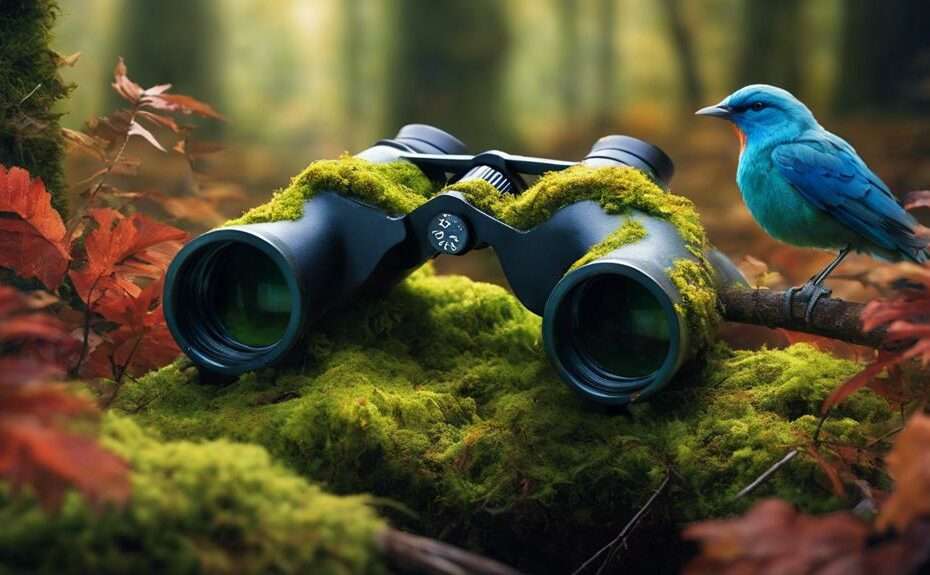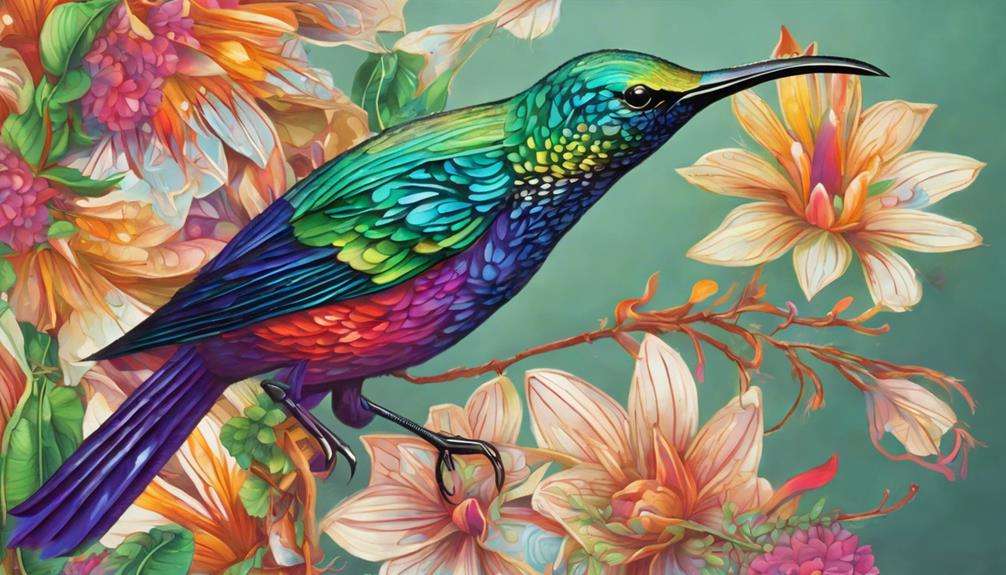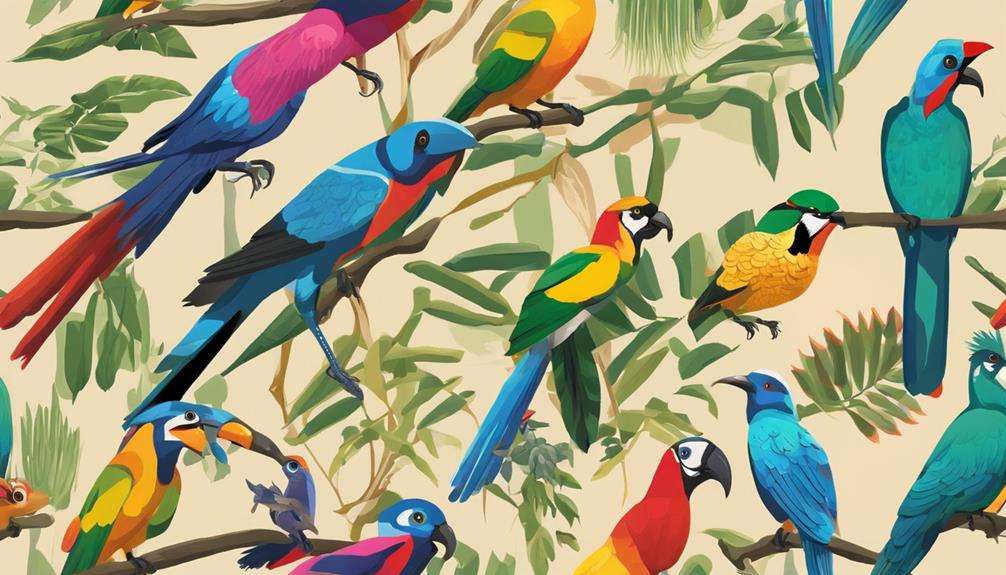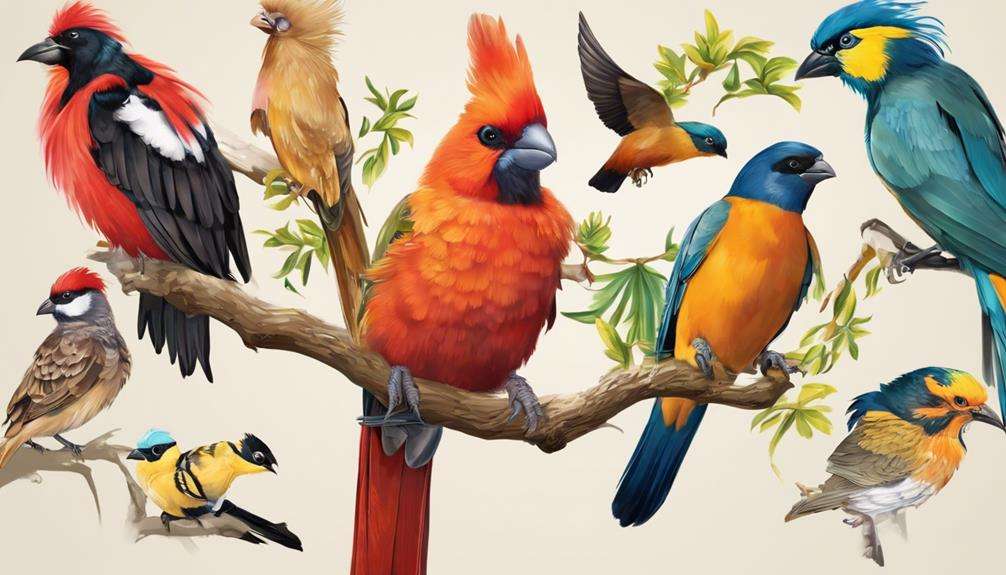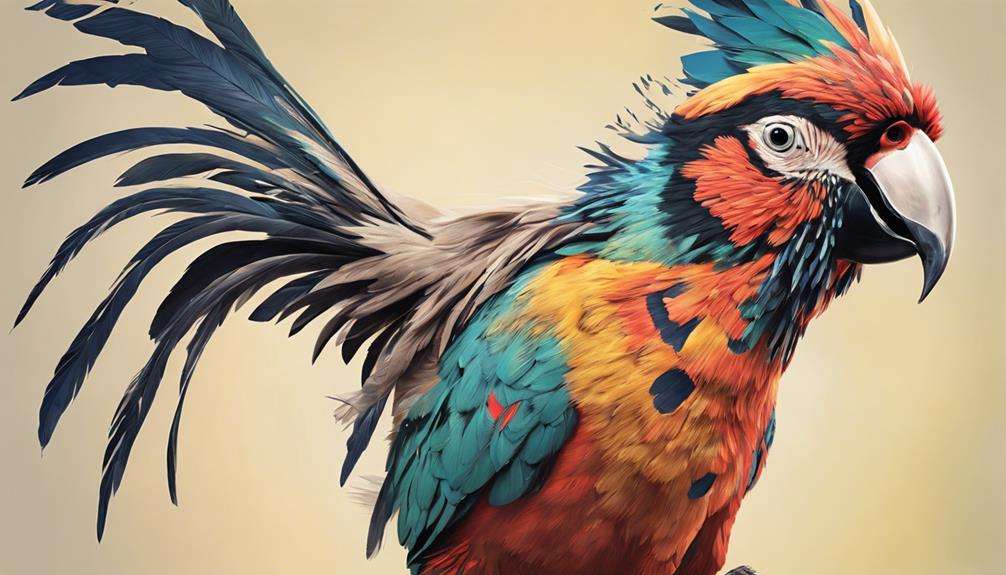Imagine the thrill of stumbling upon a hidden oasis in a vast desert, each step revealing a new wonder awaiting your discovery. As a bird enthusiast, you crave that same sense of awe and excitement when uncovering avian treasures.
What if there were tips that could lead you to these hidden gems, enriching your birdwatching adventures in ways you never thought possible?
Stay tuned to unearth the secrets that could transform your birding experiences and elevate your encounters with these elusive avian marvels.
Key Takeaways
- Explore lesser-known habitats for rare and endemic bird species.
- Support conservation by venturing into unique avian realms.
- Raise awareness by documenting diverse avian life in pristine environments.
- Utilize birding resources to locate and track unique avian species.
Where to Spot Rare Avian Species
For avid birdwatchers seeking out rare avian species, knowing where to spot these gems can elevate your birding experience to new heights. In the Galapagos Islands, a paradise for bird enthusiasts, several islands stand out for their unique avian inhabitants. Espanola Island is a must-visit for those enthusiastic to witness the mesmerizing courtship dance of the waved albatross. These graceful creatures can only be found on this island, adding to its allure.
If you have a fascination for blue-footed boobies, North Seymour Island should be on your itinerary. These quirky birds with their vibrant blue feet and amusing mating rituals will surely capture your attention.
Genovesa Island is another hotspot for avian enthusiasts, boasting a population of red-footed boobies that paint the cliffs with a splash of color. This island provides a rare opportunity to observe these striking birds up close in their natural habitat. Therefore, Santa Fe Island, known for its endemic land iguanas, also offers a diverse array of bird species waiting to be discovered by keen birdwatchers. Each of these islands holds a treasure trove of rare avian species, making them essential destinations for any birding adventure in the Galapagos.
Off-the-Beaten-Path Avian Hotspots
Nestled within the lush landscapes of Costa Rica and Brazil lie hidden avian sanctuaries teeming with a diverse array of feathered wonders waiting to be discovered by intrepid birdwatchers.
The remote Osa Peninsula in Costa Rica, boasting over 400 bird species, including scarlet macaws and toucans, offers panoramic views and a birdwatcher's paradise.
The Cloud Forest Reserve in Monteverde is a unique charm with the resplendent quetzal and colorful hummingbirds gracing the skies.
In Brazil's Pantanal, the world's largest tropical wetland, conservation efforts have created a haven for jabirus and hyacinth macaws, while the Galapagos Islands provide designated trails for bird enthusiasts to witness the waved albatross and blue-footed boobies in their natural habitat.
For an unforgettable journey, head to Australia's Kangaroo Island, where glossy black cockatoos and endangered species like the Cape Barren goose await amidst stunning flora and fauna, making it a true hidden gem for those seeking a glimpse of marine life and avian wonders.
Exploring Lesser-Known Avian Habitats
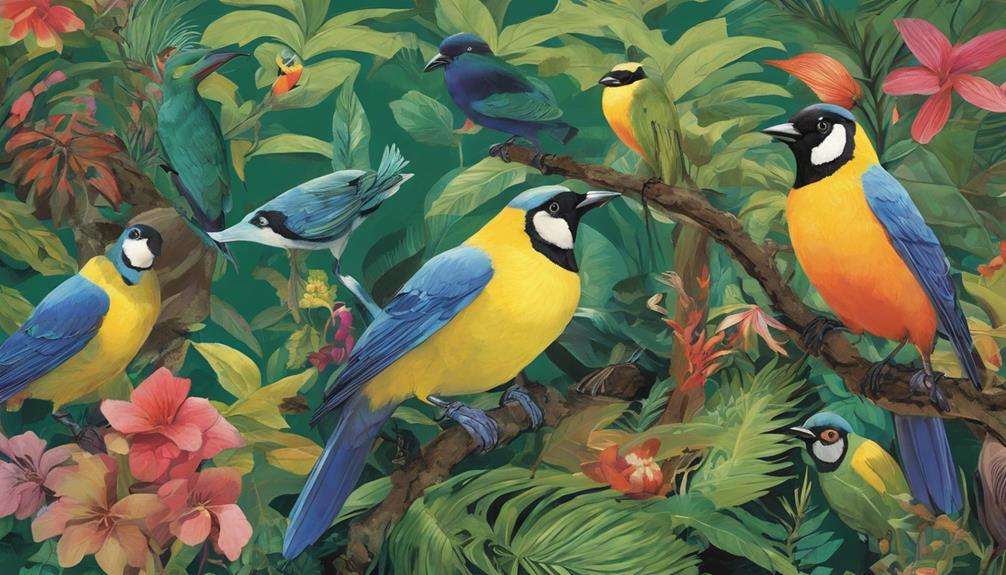
Hidden within the depths of unexplored landscapes, lesser-known avian habitats beckon with the promise of rare and endemic bird species awaiting discovery by intrepid enthusiasts. These serene escapes, tucked away in breathtaking landscapes, offer a haven for wildlife encounters unlike any other. Venturing into these hidden realms can unravel inspiring stories of survival and adaptation within delicate ecosystems that are often overlooked.
For photography enthusiasts, these lesser-known avian habitats present a goldmine of unique birdwatching opportunities. From the misty cloud forests to the expansive high-altitude grasslands, each habitat offers a chance to capture the beauty and diversity of avian life in its purest form. Additionally, engaging in these habitats not only satisfies the soul but also contributes to important conservation efforts. By documenting the bird species found in these remote areas, enthusiasts play a critical role in raising awareness and supporting initiatives aimed at preserving these hidden gems for generations to come.
Unveiling Hidden Avian Treasures
Within the uncharted depths of these alluring landscapes lie avian treasures waiting to be disclosed by passionate enthusiasts like yourself. The cloud forests of Monteverde, Costa Rica, house hidden gems such as the Resplendent Quetzal, a bird revered for its vibrant plumage and elusive nature. In the rainforests of Central and South America, the Harpy Eagle, with its impressive size and strength, stands out as a rare gem sought after by avid bird lovers.
Traveling to New Zealand discloses the nocturnal and flightless Kakapo, a unique parrot that captures the hearts of those fortunate enough to encounter it.
Furthermore, the Philippines shelters the majestic but endangered Philippine Eagle, also known as the 'Monkey-eating Eagle,' a symbol of both power and vulnerability in the avian world. As you journey through the Andes mountains in South America, keep your eyes to the skies to witness the Andean Condor, boasting the largest wingspan of any land bird, gracefully soaring over the rugged terrain, a true marvel for avian enthusiasts seeking extraordinary avian treasures.
Locating Unique Avian Species
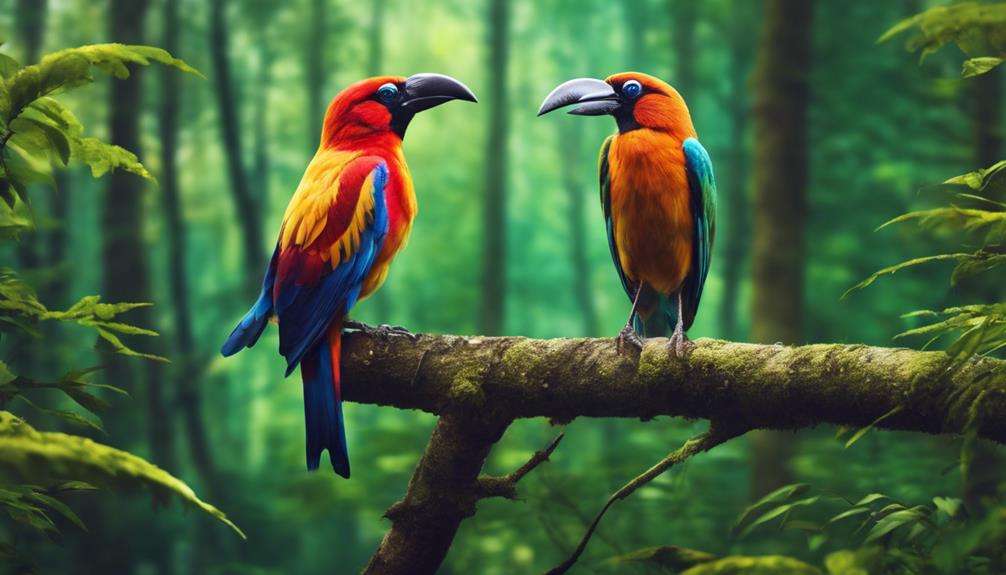
To reveal unique avian species, enthusiasts can research birding hotspots known for harboring rare and fascinating birds like the Andean Cock-of-the-Rock. These birding hotspots, such as South America's cloud forests, offer a glimpse into unique avian habitats and migration patterns, providing opportunities to witness endemic species in their natural environment. By consulting field guides and engaging with local birding communities, enthusiasts can gain insights into where to find these hidden avian gems.
Exploring remote islands like the Galapagos can lead to encounters with endemic species such as the waved albatross and blue-footed boobies, enriching the understanding of avian diversity. Wildlife reserves like Australia's Kakadu National Park are also excellent destinations for spotting colorful parrots and rare bird species that thrive in these protected environments. Utilizing birding apps and online databases further enhances the experience, allowing enthusiasts to track bird sightings and plan trips to specific locations with precision. By delving into these resources and venturing to diverse habitats, enthusiasts can reveal a world of rare and appealing avian species.
Frequently Asked Questions
How Do You Solve the Gem Bird Puzzle in Stardew Valley?
To solve the gem bird puzzle in Stardew Valley, locate the hidden gem bird statue and interact with it. Observation, exploration, and puzzle-solving skills are essential. Successfully deciphering the puzzle can reveal rewards or hints for further gameplay.
What Are the 4 Gems for Ginger Island?
You want to know the four gems for Ginger Island? Rare sightings await you on this tropical paradise. Island exploration reveals feathered treasures. Seek out avian secrets and hidden beauties for unforgettable birdwatching adventures and island encounters.
Where Is the Hidden Shrine in the Rainforest Stardew Valley?
To uncover hidden treasures in Stardew Valley's rainforest, seek out secret locations like the hidden shrine. With avian mysteries waiting to be discovered, exploration tips can enhance your nature walks, aiding in wildlife spotting and bird watching among hidden gems.
Conclusion
As you venture into the world of birdwatching, remember that each feathered friend you encounter is a hidden gem waiting to be discovered.
Like a skilled treasure hunter unearthing precious jewels, your keen eye and patience will lead you to rare avian species.
So spread your wings, explore off-the-beaten-path locations, and reveal the secrets of the avian world.
Happy birdwatching, and may your journey be as rewarding as finding a glittering diamond in the rough.
